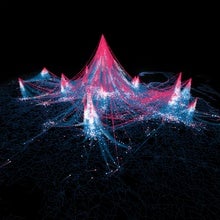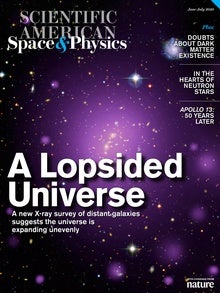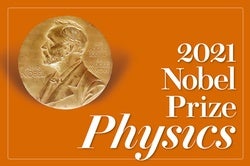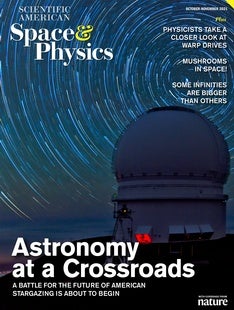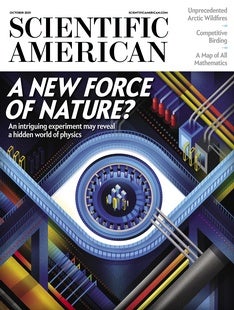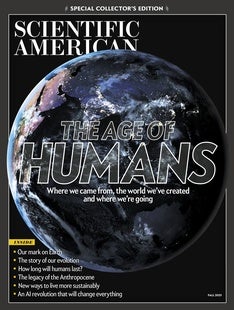 |
| October 14, 2021 |
Dear Reader,
This week, William Shatner at last visited the final frontier. The 90-year-old 'Star Trek' actor soared aloft on a suborbital flight of Blue Origin's New Shepard rocket, becoming the oldest person to ever reach space. Once back on Earth, he delivered a profound soliloquy on our world's fragility, comparing it favorably to Mars. Our planetary neighbor, however, wasn't always so bereft, as fresh findings from NASA's Perseverance rover are revealing new details of the Red Planet's warmer, wetter past (and enticing targets for future searches for life). Elsewhere, we have stories on the physics of planetary climates and other complex systems, a bevy of fast radio bursts from a supersized Chinese telescope, exoplanetary aurorae and a novel proposal for protecting the Earth from asteroids. |
| |
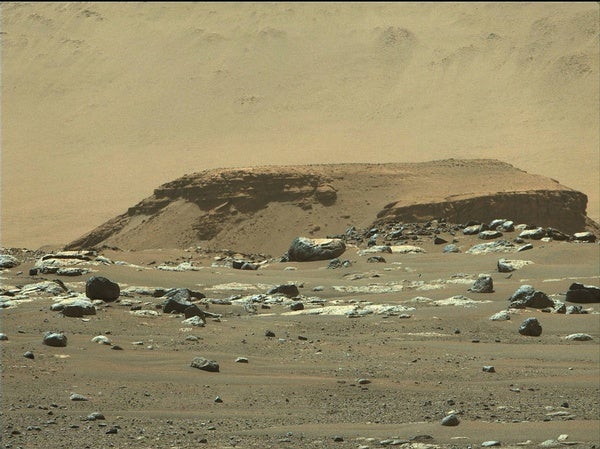 |
| |
| |
| |
| |
| |
| |
| |
| |
| Cosmology The Kavli Prize Presents: Understanding The Universe [Sponsored] Ewine van Dishoeck received The Kavli Prize in Astrophysics in 2018 for elucidating the life cycle of interstellar clouds and the formation of stars and planets. What other mysteries of space are left to be uncovered? |  | By Scientific American Custom Media | 06:19 | | | |
| |
FROM THE STORE
 | | | |
| QUOTE OF THE DAY
 "What I would love to do is to communicate as much as possible the jeopardy, the moment you see how... the vulnerability of everything -- it's so small! This air which is keeping us alive is thinner than your skin! It's a sliver, it's immeasurably small when you think in terms of the universe. It's negligible, this air. Mars doesn't have it." William Shatner, upon returning to Earth from a suborbital spaceflight | |
| |
FROM THE ARCHIVE
 | | | |
LATEST ISSUES
 |
| |
| Questions? Comments?  | |
| Download the Scientific American App |
| |
| |



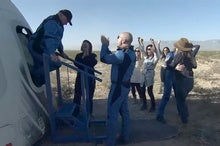


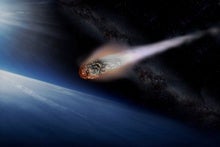
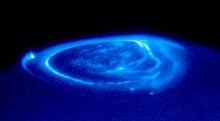


![The Kavli Prize Presents: Understanding The Universe [Sponsored]](https://static.scientificamerican.com/sciam/cache/file/507EDEAD-D39C-409A-93E48473822D99D2_W220_Hauto.jpg)
